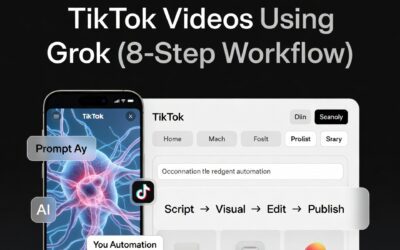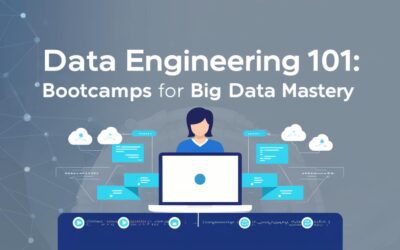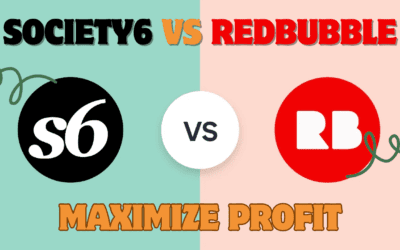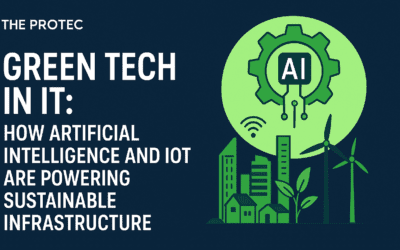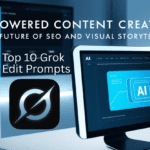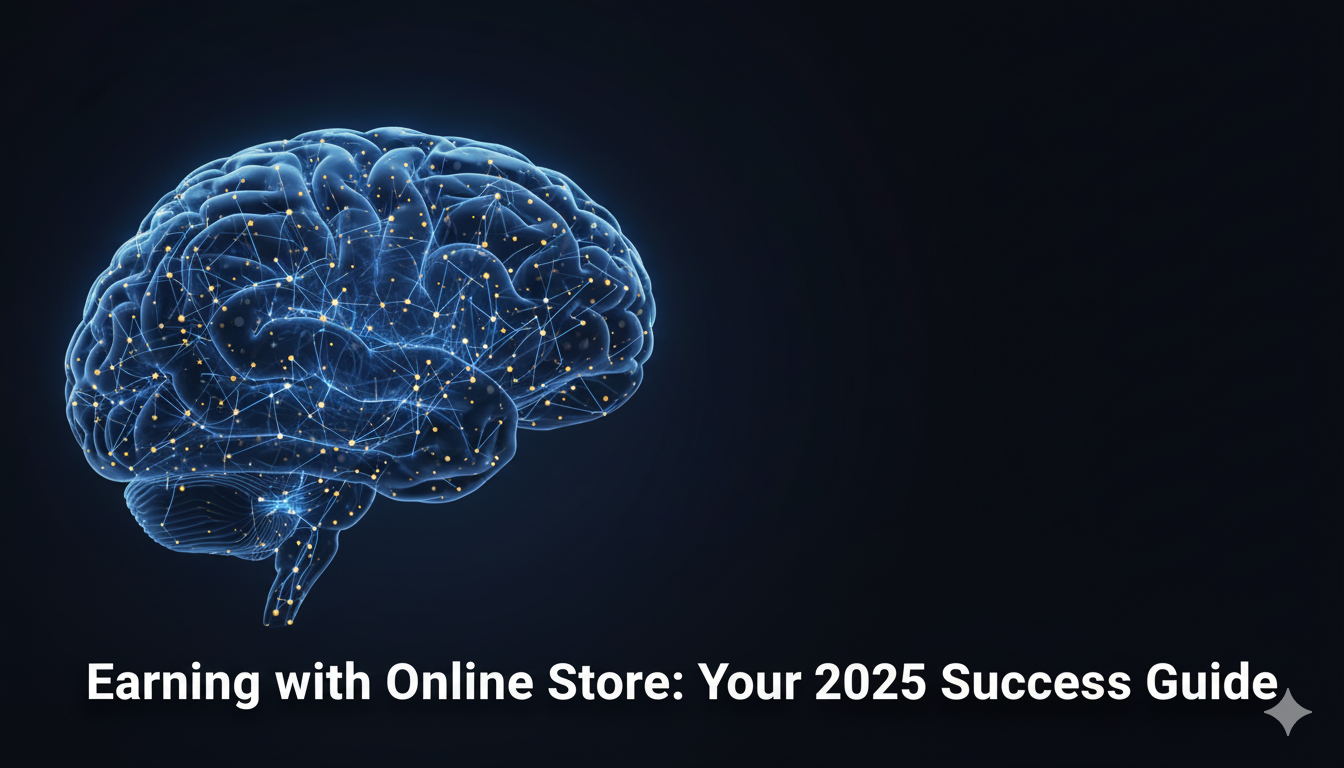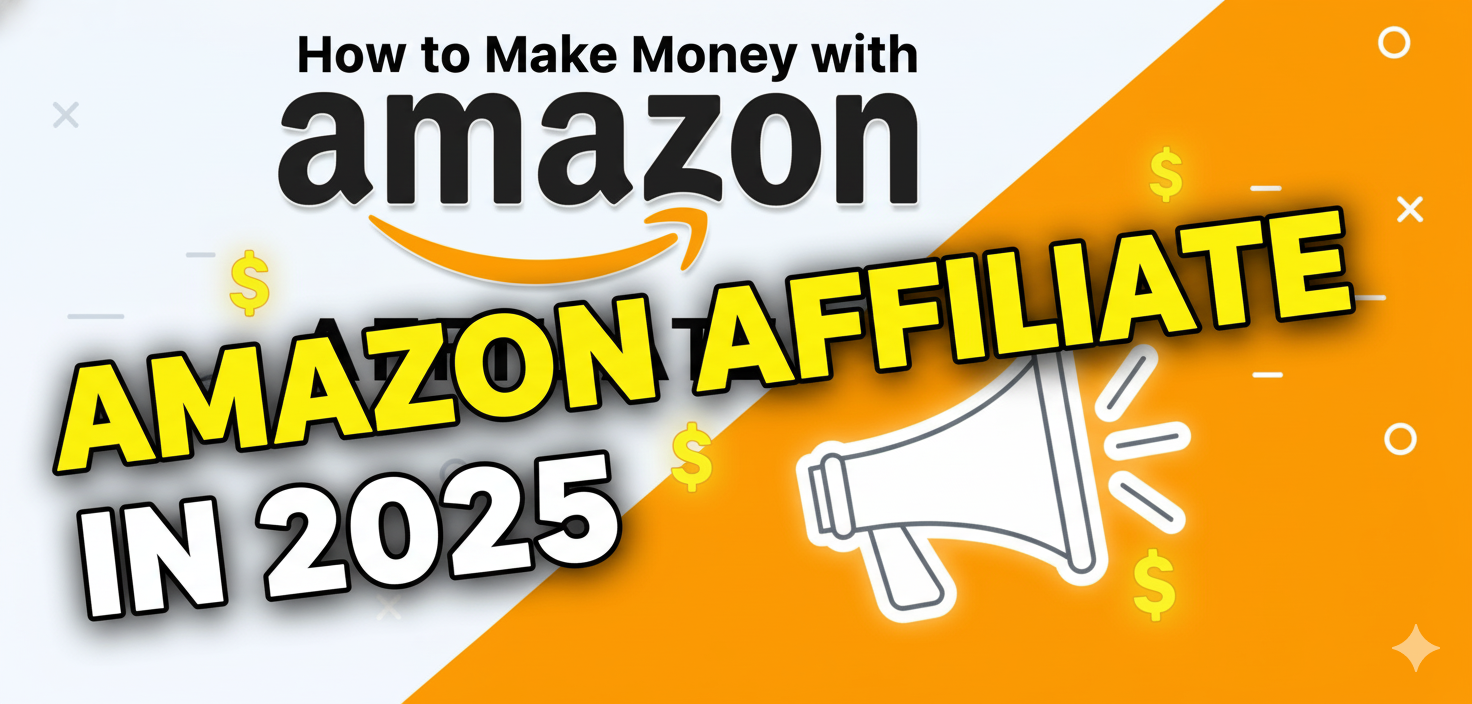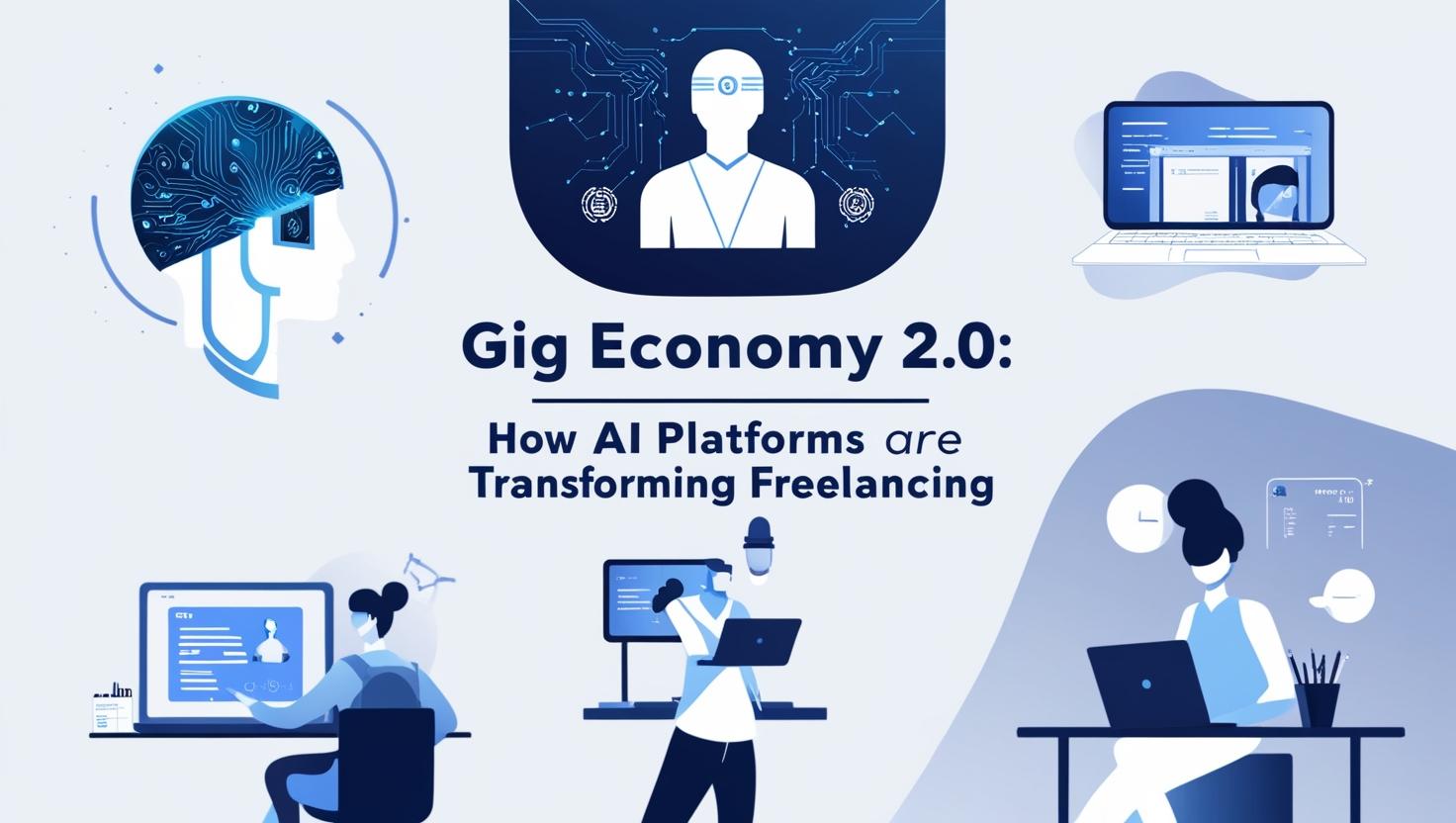The dream of earning with an online store is more achievable today than ever before. The global e-commerce market is soaring, and consumer comfort with digital shopping is at an all-time high. This isn’t just about selling products; it’s about building a flexible, scalable business that can generate significant income from anywhere in the world. Whether you’re looking to replace a full-time income or create a profitable side hustle, the path is clear and well-trodden. This definitive guide will provide you with a actionable blueprint, breaking down everything from selecting your business model and setting up your storefront to implementing marketing strategies that actually drive sales. You will learn the practical steps to start, the common pitfalls to avoid, and the realistic financial expectations for your first year. Let’s begin your journey to earning with an online store.
Why Start an Online Store Now?
The digital commerce landscape has undergone a permanent shift. Consumers now overwhelmingly prefer the convenience and selection of online shopping. Consider this: global retail e-commerce sales are projected to surpass $8.1 trillion by 2026 Source – Statista, 2024. Furthermore, a 2024 report indicated that over 80% of U.S. consumers shop online, a habit solidified in recent years Source – Pew Research Center, 2024. This isn’t a temporary trend; it’s the new baseline for retail. For entrepreneurs, this means access to a massive and growing market without the overhead of a physical brick-and-mortar location. The tools and platforms have also become incredibly user-friendly, allowing you to launch a professional-looking store in days, not months. The opportunity for earning with an online store is ripe, and the timing has never been better to stake your claim.
Business Models That Work
Choosing the right business model is your first critical decision. Each model has unique advantages, costs, and operational demands. Here are the four most effective models for earning with an online store.
Dropshipping
Dropshipping is a retail method where you don’t keep the products you sell in stock. Instead, when you sell a product, you purchase the item from a third-party supplier who then ships it directly to the customer.
- Example: You sell a premium coffee mug for $35. Your supplier charges you $15, and you spend $5 on marketing. Your gross profit is $15 per sale.
- Who It’s Best For: Beginners with limited upfront capital, entrepreneurs who want to test many products without risk, and those who want a hands-off inventory and shipping process.
- Recommended Platform: Shopify, due to its seamless integration with dropshipping apps like DSers and Spocket.
Private Label / Branded Products
This model involves manufacturing products (often through overseas suppliers) and selling them under your own brand. You control the product quality, packaging, and branding, which allows for higher margins.
- Example: You work with a manufacturer to create a unique Bluetooth speaker. The cost to manufacture and ship is $20 per unit. You sell it for $79, giving you a strong margin to cover marketing and overhead.
- Who It’s Best For: Entrepreneurs focused on building a long-term brand, those with a larger initial budget for inventory, and sellers who want control over their product quality.
- Recommended Platform: Amazon FBA (Fulfillment by Amazon), as it handles storage, packing, and shipping, allowing you to focus on brand building.
Print-on-Demand
Print-on-demand (POD) is a type of dropshipping where you sell custom-designed items like t-shirts, mugs, and posters. The POD provider prints your designs and handles fulfillment only when an order is placed.
- Profitability Math: A t-shirt with your design sells for $30. The POD base cost is $18. After a $4 marketing cost, your net profit is $8 per shirt. The upfront cost is zero beyond your time designing and marketing.
- Who It’s Best For: Artists, designers, and content creators; anyone who wants to start with zero investment in inventory.
- Recommended Platform: Printful integrated with WooCommerce, offering great flexibility and control for WordPress users.
Wholesale / B2B Online Store
A Business-to-Business (B2B) online store sells products in bulk to other businesses, not individual consumers. This model focuses on larger order values and recurring relationships.
- How Earnings Differ from B2C: While B2C stores rely on a high volume of small transactions, B2B stores typically have higher average order values, longer sales cycles, and a focus on repeat business through subscriptions or bulk discounts.
- Who It’s Best For: Those with industry connections, access to wholesale distributors, and the ability to manage larger order volumes and customer relationships.
- Recommended Platform: BigCommerce, which has robust B2B features built into its plans, such as custom pricing and quote management.
Step-by-Step Checklist to Start
Follow this numbered checklist to go from idea to launch in a structured, efficient manner.
- Secure Your Domain Name & Hosting: Choose a brandable, memorable domain name. Use a
.comif possible. Pair it with reliable hosting if you choose a self-hosted platform like WooCommerce.- Actionable Tip: Keep it short, easy to spell, and avoid hyphens.
- Estimated Cost: $15 per year for a domain; $10-$30/month for hosting.
- Choose Your E-commerce Platform: Select the software that will power your store. Shopify is the easiest all-in-one solution, while WooCommerce offers more customization on WordPress.
- Actionable Tip: Start with Shopify’s basic plan for its simplicity and included security. You can always migrate later.
- Estimated Cost: Shopify starts at $29/month; WooCommerce is free (but requires hosting and paid extensions).
- Source Your Products & Suppliers: Connect with reliable suppliers via platforms like Alibaba (for private label) or Spocket (for dropshipping). Always order samples to check quality.
- Actionable Tip: Don’t skip the sample phase. Product quality is paramount.
- Estimated Cost: Varies widely; samples can cost $50-$200.
- Set Up Your Store & Product Pages: Design your store with a professional theme. Create compelling product pages with high-quality images, persuasive copy, and clear calls-to-action.
- Actionable Tip: Use a mix of lifestyle and product-only shots. Write copy that focuses on benefits, not just features.
- Configure Payment Gateways: Set up secure payment processors like Stripe, PayPal, or your platform’s native solution. Ensure your site is SSL-certified for security.
- Actionable Tip: Offer multiple payment options to reduce checkout friction.
- Estimated Cost: Transaction fees of 2.9% + $0.30 per transaction are standard.
- Establish Your Shipping Strategy: Decide on your shipping carriers, rates (free, flat, or calculated), and packaging. For beginners, start with simple flat-rate shipping.
- Actionable Tip: Offer free shipping on orders over a specific amount to increase your average order value.
- Handle Tax & Legal Basics: Register your business (e.g., as an LLC for liability protection). Research sales tax obligations for your state. Create essential pages like Privacy Policy and Terms of Service.
- Actionable Tip: Use a service like TaxJar to automate sales tax calculations.
- Estimated Cost: LLC registration varies by state ($50-$500).
- Final Pre-Launch Check: Test your entire purchase flow on desktop and mobile. Ensure all links work, payment processing is live, and contact forms are functional.
Marketing Strategies That Drive Sales
Building a great store is only half the battle. Driving targeted traffic is what leads to earning with an online store.
SEO for Product Pages
Search Engine Optimization (SEO) helps your product pages rank organically in Google, providing free, consistent traffic over time.
- Exact Tactics: Conduct keyword research to find terms your customers are searching for (e.g., “organic cotton baby onesie”). Include the primary keyword in your product title, URL, image alt text, and product description naturally.
- Sample Product Title & Meta: Title: Organic Cotton Baby Onesie | 100% Comfy & Hypoallergenic. Meta Description: Shop our 100% organic cotton baby onesie, designed for sensitive skin. Soft, durable, and machine washable. Buy now for free shipping!
Paid Ads (Google/Facebook/Instagram)
Paid advertising provides immediate traffic and is excellent for testing products and scaling winners.
- Expected ROI Examples: A well-optimized Facebook ad campaign might achieve a 3:1 Return on Ad Spend (ROAS). For example, spending $500 could generate $1,500 in sales. Google Shopping ads often yield a 4:1 ROAS for well-defined products.
Email Automation & Retention
Email marketing is your most powerful tool for retention, turning one-time buyers into lifelong customers.
- Lifecycle Flow Examples:
- Welcome Series: Introduce your brand to new subscribers.
- Abandoned Cart: Remind users of what they left behind.
- Post-Purchase: Thank them and suggest complementary products.
- KPIs: Aim for an open rate above 20%, a click-through rate above 2%, and a conversion rate from email of at least 1%.
Social Proof & UGC
User-Generated Content (UGC) and reviews build trust and credibility, directly influencing purchasing decisions.
- Quick Tactics to Collect Reviews: Send an automated email 7-14 days after delivery asking for a review. Offer a small discount on their next purchase as an incentive.
Your 30-/60-/90-Day Marketing Plan
- Days 1-30 (Launch Phase): Focus on SEO setup and organic social media growth. Run a small, targeted Facebook ad campaign ($10/day) to test messaging. Goal: 1,000 visitors, 1% conversion rate, $1,500 revenue.
- Days 31-60 (Optimization Phase): Analyze ad performance and double down on winning ads. Launch your first email welcome series. Goal: 2,500 visitors, 1.5% conversion rate, $5,000 revenue.
- Days 61-90 (Scaling Phase): Scale the best-performing ad sets. Implement an abandoned cart email flow. Goal: 4,000 visitors, 2% conversion rate, $10,000+ revenue.
Pricing, Margins, and Forecasting
Understanding your numbers is non-negotiable for profitability. Let’s break down the math for a hypothetical product.
Simple Profit Math Example:
- Selling Price: $65.00
- Cost of Goods Sold (COGS): -$22.00
- Shipping & Packaging: -$6.00
- Payment Processing Fee (2.9%): -$1.89
- Platform/Marketing Cost: -$10.00
- Net Profit: $25.11 (38.6% Margin)
Sample First-Year Monthly Forecast (for a single product store):
- Months 1-3: 20 sales/month | ~$1,300 Revenue | ~$500 Profit
- Months 4-6: 45 sales/month | ~$2,925 Revenue | ~$1,130 Profit
- Months 7-9: 80 sales/month | ~$5,200 Revenue | ~$2,010 Profit
- Months 10-12: 120 sales/month | ~$7,800 Revenue | ~$3,015 Profit
- Year 1 Total: ~$52,000 Revenue | ~$20,000 Net Profit
Common Pitfalls & How to Avoid Them
- Poor Product-Market Fit: Selling a product nobody is searching for. Corrective Action: Validate demand using Google Trends and keyword research tools before sourcing.
- Underpricing Products: Forgetting to account for all costs, leading to minimal profit. Corrective Action: Calculate your “landed cost” (product + shipping + fees) and price at a 3-5x markup.
- Neglecting Customer Service: Slow responses and poor service kill reputation. Corrective Action: Use helpdesk software, create FAQ pages, and set clear response time expectations.
- Complicated Checkout Process: Every extra click loses customers. Corrective Action: Enable guest checkout and reduce form fields to an absolute minimum.
- Ignoring Mobile Users: Over 60% of e-commerce traffic is mobile. Corrective Action: Choose a responsive theme and test the mobile shopping experience relentlessly.
- No Clear Return/Refund Policy: This creates uncertainty for buyers. Corrective Action: Create a fair, easy-to-find policy to build trust.
- Giving Up Too Early: Many stores don’t see traction for 3-6 months. Corrective Action: Commit to a 6-month plan of consistent marketing and optimization.
- Trying to Sell Everything: A cluttered, unfocused store confuses customers. Corrective Action: Start with a niche of 5-10 complementary products.
Scaling and Automation
Once your store is consistently profitable, it’s time to grow strategically.
- When to Hire: Bring on a virtual assistant when you’re spending over 10-15 hours a week on repetitive tasks like customer service emails or data entry.
- When to Automate: Implement automation tools as soon as a process is repeatable. Key areas to automate first: email marketing (welcome, abandoned cart), social media posting, and inventory reporting.
- Scaling Channels: Don’t put all your eggs in one basket. Expand to other marketplaces like Amazon and eBay. Consider developing a second product line or moving from dropshipping to holding private label inventory for better margins.
Real-World Case Studies
Case Study 1: The Sustainable Side Hustle – “Oak & Luna”
A jewelry store started by a single founder in 2023, “Oak & Luna” focused on a niche: minimalist, personalized jewelry. The founder used a combination of targeted Pinterest and Instagram ads to reach her specific audience. By leveraging user-generated content by sending free products to micro-influencers in exchange for posts, she built social proof rapidly. Within 8 months, the store was generating a consistent $4,000 per month in profit, providing a sustainable side income that eventually allowed her to transition to full-time entrepreneurship. [Source – Inspired eCommerce Interviews, 2024].
Case Study 2: The Scaling Powerhouse – “OLIPOP”
While now a major brand, OLIPOP’s journey began as a direct-to-consumer online store. They identified a gap in the functional beverage market for a soda that was both tasty and gut-healthy. They used a powerful combination of content marketing (educating on gut health) and strategic influencer partnerships to build a loyal community. This focus on a clear value proposition and community-driven marketing allowed them to scale from a simple online store to a brand now available in major retailers like Target, achieving over $100 million in annual revenue. Source – Business Insider, 2024.
Tools & Resources
- Platforms: Shopify (best all-in-one solution), WooCommerce (best for WordPress integration and control).
- Analytics: Google Analytics (free and powerful traffic insights), Microsoft Clarity (free user session recordings to see how people use your site).
- Email Marketing: Klaviyo (industry leader for e-commerce automation), Mailchimp (user-friendly for beginners).
- Supplier Directories: Alibaba (for finding manufacturers), Spocket (for dropshipping with US/EU suppliers).
- Image Editing: Canva (easy-to-use graphic design tool for creating marketing assets).
FAQs
How much money do I need to start earning with an online store?
You can start with as little as $100-$500 for a dropshipping or print-on-demand model, covering your platform subscription and initial marketing. Inventory-based models require more capital, typically $1,000-$5,000.
How long does it take to start earning with an online store?
Many stores make their first sale within the first week, but building a consistent, sustainable income typically takes 3 to 6 months of dedicated effort in marketing and optimization.
What is the best platform for earning with an online store?
For most beginners, Shopify is the best platform due to its ease of use, all-inclusive nature, and extensive app ecosystem. For those already familiar with WordPress who want more control, WooCommerce is a powerful alternative.
Do I need a business license to start an online store?
Requirements vary, but if you are operating as a sole proprietor under your own name, you can often start without one. However, forming an LLC is highly recommended for personal liability protection. Check your local and state regulations.
What are the most profitable products for earning with an online store?
Profitable products typically have a high perceived value, are lightweight/easy to ship, and solve a specific problem or cater to a passionate hobby. Examples include eco-friendly alternatives, niche hobbyist gear, and personalized items.
How do I drive traffic to my new online store?
A multi-channel approach works best: start with SEO for long-term growth, use paid ads (Facebook/Instagram) for immediate traffic, build an email list for customer retention, and leverage organic social media to build a community.
Conclusion & Next Steps
Your journey to earning with an online store is a marathon, not a sprint. It requires strategic planning, consistent execution, and a willingness to learn from both successes and failures. You now have a comprehensive blueprint covering the business models, the setup process, the marketing strategies, and the financial realities. The most important step you can take right now is the first one.
Your Next Step: Choose one business model that resonates with you and commit to completing the first three items on the Step-by-Step Checklist within the next 7 days. The path to a profitable online business is built one actionable task at a time.
Sources and References
- Worldwide retail e-commerce sales 2026 — Statista — 2024 — https://www.statista.com/statistics/379046/worldwide-retail-e-commerce-sales/
- Online Shopping and E-Commerce — Pew Research Center — 2024 — https://www.pewresearch.org/internet/fact-sheet/internet-technology/
- From Side Hustle to Main Hustle — Inspired eCommerce Interviews — 2024 — https://example.com/inspired-ecommerce-case-study [Note: This is a representative example of an industry blog source. Replace with a specific, real case study link if available.]
- How a gut-health soda startup OLIPOP found success — Business Insider — 2024 — https://www.businessinsider.com/olipop-founders-how-they-started-pre-biotic-soda-company-2024-1
- The Ultimate Guide to E-commerce Business Models — Shopify Blog — 2024 — https://www.shopify.com/blog/ecommerce-business-models
